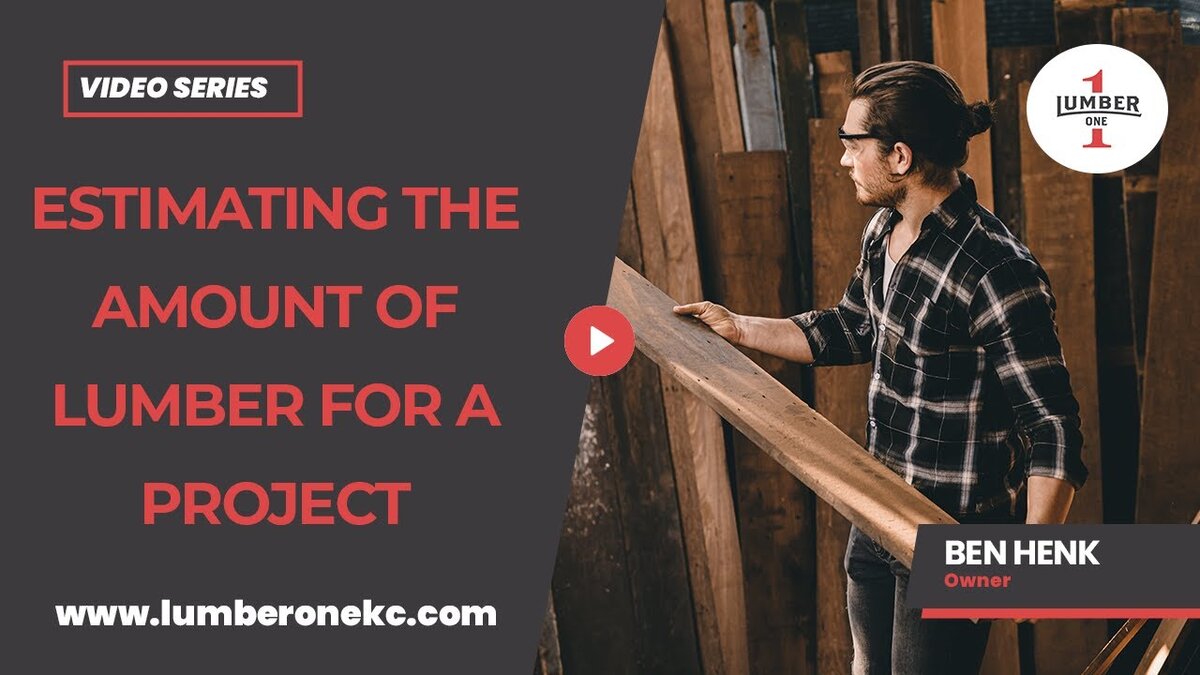Some lumber looks clean at first glance but ends up full of flaws once cut or installed. That’s why understanding lumber grade knots and blemishes is so important before starting any build. The right grade helps you avoid unexpected defects, especially when strength and a smooth finish both matter. If you’re aiming for high-quality results, it starts with knowing how different lumber grades compare.
Understanding Lumber Grades
Lumber is categorized into different grades based on its quality, with the grading primarily focused on the presence of knots, blemishes, and other imperfections. These grades are particularly important in framing lumber, where strength and appearance are key considerations. Here, we will explore the most common grades, particularly as they relate to Spruce-Pine-Fir (SPF) lumber, which is frequently used in residential construction.
What Grade of Lumber is Free of Knots & Blemishes?
There is almost no lumber that is entirely free of knots and blemishes. However, Number One Grade Lumber is the closest you can get when it comes to common framing lumber. This grade has the least amount of knots and blemishes, making it the highest quality grade available for applications where appearance or structural integrity is paramount.
Number One Grade Lumber
- Quality: As mentioned, number one grade lumber has the fewest knots and blemishes, making it the highest quality option. This grade is ideal for structural components where both strength and appearance are critical.
- Usage: It is typically used in areas where the wood will be visible or where maximum strength is required, such as in load-bearing walls, beams, and other structural elements.
- Cost: This grade comes at a higher cost due to its superior quality, but it is often worth the investment for projects that demand top-notch materials.
Number Two Grade Lumber
- Quality: Number two grade lumber is the most commonly used grade in residential construction. It features a moderate amount of knots and blemishes, providing a good balance between quality and affordability.
- Usage: This grade is widely used in framing for interior walls and general construction, where the wood will not be visible. It’s the standard choice for most framing needs.
- Cost: Number two grade lumber is more affordable than number one grade but still offers sufficient quality for most construction needs.
Number Three Grade Lumber
- Quality: Number three grade lumber is an economical choice with a higher number of knots, blemishes, and other imperfections. This grade is visibly lower in quality compared to number one and number two grades.
- Usage: It is typically used in non-structural applications or in projects where aesthetics are not a primary concern, such as for interior wall framing that will be covered with drywall. It’s also a popular choice for building sheds or other structures where load-bearing requirements are minimal.
- Cost: Number three grade lumber is the most affordable option, but it is often used only in applications where structural strength is not a critical concern.
The Grading Process for Lumber
Lumber grading is a meticulous process. Each piece of wood is evaluated individually based on its appearance and structural qualities. The grading process does not consider the age of the wood but focuses on factors like the number and size of knots, as well as other blemishes or defects.
Here’s how lumber is graded:
- Visual Inspection: Each piece of lumber is visually inspected to identify knots, blemishes, and other imperfections.
- Classification: Based on the inspection, the lumber is classified into one of the grades mentioned above. This classification is essential for determining its best use in construction.
- Pricing: The grade of the lumber directly affects its price, with higher grades commanding higher prices due to their superior quality.
Differences Between Number Two and Number Three Grade Lumber
The difference between number two and number three grade lumber is significant. Number two grade is widely used for internal walls in residential construction due to its balance between quality and affordability. On the other hand, number three grade is more economical but may include more visible defects, such as knots and blemishes, which can affect its structural integrity. This grade is best used in non-structural applications or where the wood will be covered and not subjected to significant stress.
Choosing the Right Grade for Your Project
When deciding on the grade of lumber for your project, it’s important to consider both the structural and aesthetic requirements. For projects where the wood will be visible or where strength is critical, investing in number one grade lumber can be worthwhile. On the other hand, for less visible or non-structural elements, number two or number three grade lumber can provide a more cost-effective solution.
In Summary
Selecting the right grade of lumber is crucial for the success of your project. While no lumber is entirely free of knots and blemishes, number one grade lumber offers the closest approximation. Number two grade lumber is the most commonly used, offering a good balance between quality and cost, while number three grade lumber is suitable for less demanding applications. Understanding these grades can help you make an informed decision, ensuring that your project meets both structural and aesthetic standards.
If you’re unsure which grade of lumber is best for your project, contact us for expert advice and assistance.




